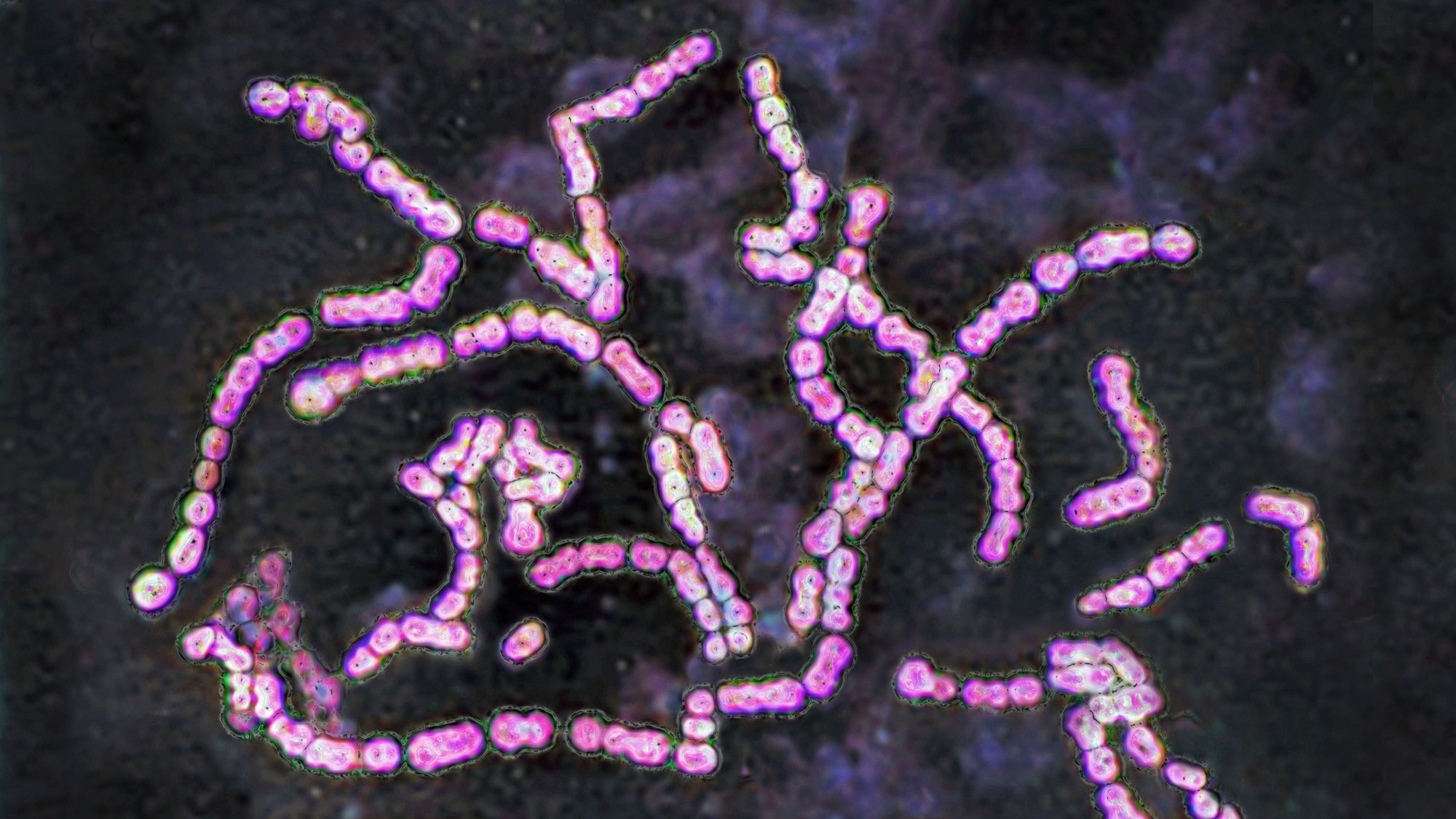Cases of group A streptococcus (GAS) have been on the rise in the past decade. The bacteria can cause a range of diseases that span from mild to deadly. In addition, they are diversifying and growing harder to treat, with some strains becoming increasingly antibiotic-resistant.
Strepping up to the plate Invasive strep A infections increased in the U.S. between 2013 and 2022, according to a study published in the Journal of the American Medical Association .

This jump comes after 17 years of stability in the number of cases. Incidence was "particularly high among those 65 years or older, American Indian or Alaska Native persons, residents of long-term care facilities, people experiencing homelessness and people who inject drugs," the study said. The study identified over 21,000 total cases of GAS in 10 states over the nine years, including almost 2,000 deaths.
Between 2013 and 2022, the incidence of the bacteria increased from 3.6 to 8.2 cases per 100,000 people, and the number of cases rose from 1,082 to 2,759 per year.
"When you see this high number of deaths, extrapolate that across the country — we're probably well into more than 10,000 deaths," Dr. Victor Nizet, a professor of pediatrics at the University of California, San Diego, said to NBC News . Strep infections are usually associated with strep throat, a relatively mild infection that can cause a sore throat, fever and swollen lymph nodes.
However, strep A can also have much worse outcomes, including sepsis, toxic shock syndrome and necrotizing fasciitis, which is a flesh-eating bacterial infection. "Not all group A strep are the same," said Dr. Robert Frenck, the director of the Vaccine Research Center at Cincinnati Children's Hospital and the chair of the section on infectious diseases at the American Academy of Pediatrics, to Time .
There are several different types of GAS, and the "different types circulate at different times," Frenck added. "You can go for years without certain types circulating, and then all of a sudden, they will come back." Harder to beat While researchers are still studying whether the bacteria are evolving to become more severe, the likely cause of the increased infections is pre-existing conditions.
Adults over 65, especially those who are in long-term care facilities, part of the homeless population or IV drug users, were most at risk. "All of these people might have weaker immune systems or are more prone to skin sores or lesions — a main risk factor for invasive strep," said Time. "Underlying health conditions such as diabetes, obesity and heart disease can also increase the risk that a common strep infection can become invasive.
" The rise in GAS is cause for concern because the bacteria appear to be becoming more resistant to treatment. In any form, "invasive GAS can be insidious and unpredictable, testing the lifesaving capacity of even the world's most advanced medical facilities," Joshua Osowicki, a researcher with the Royal Children's Hospital Melbourne, said in an editorial published along with the study. Antibiotics are used to treat strep infections, but the new diversity of GAS may be causing antibiotic resistance .
Penicillin is most commonly used to treat strep, but other antibiotics, including macrolides and clindamycin, can be used for more severe cases. The recent study found that GAS was becoming more resistant to these supplemental antibiotics. There is also no vaccine against GAS.
"In the past, any number of classes of antibiotics could treat group A strep infections very, very effectively," said Dr. William Schaffner, a co-author of the new study. "Now we have to be much more careful; you have to know what antibiotic profile of strep are circulating in your neck of the woods.
".
















